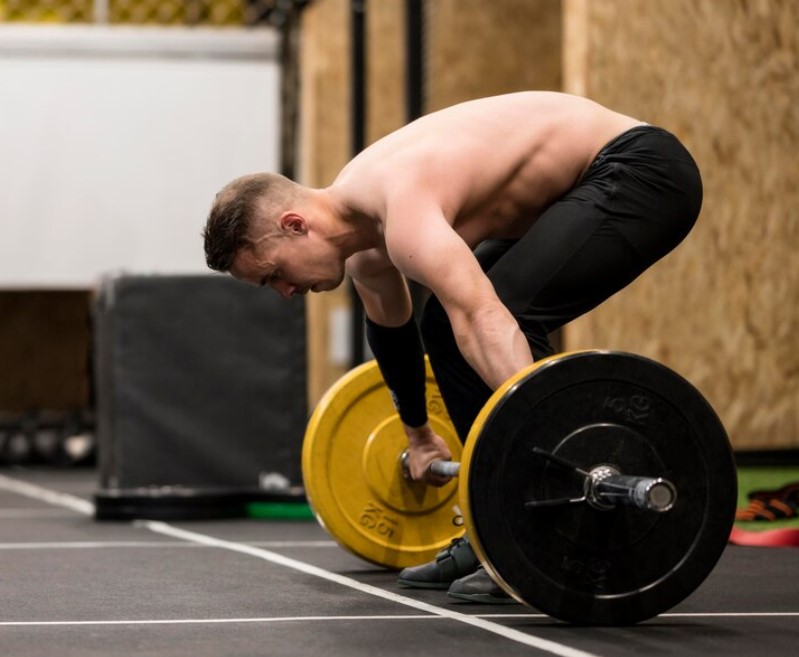Olympic weightlifting is not just about strength; it is a thrilling blend of speed, timing, and precision. As a beginner, you need to appreciate the sport’s history, the records, and the heroes who make it legendary. Understanding this context can inspire your journey and give you a deeper appreciation for the craft of weightlifting.
Securing the right equipment
Quality equipment is paramount. Beyond the barbell and bumper plates, consider the importance of personal gear such as wrist wraps, knee sleeves, and weightlifting belts. These items provide support and can enhance safety during your lifts.
Remember to research and invest in reputable brands that stand up to the rigorous demands of the sport.
Understanding the fundamentals
It is essential to learn the lifts and understand the biomechanics behind them. Knowledge about muscle groups, leverage, and the physics of lifting will improve your technique and efficiency.
Use resources such as slow-motion videos and technique drills to deepen your understanding and execution of each movement.
Finding a coach
A coach is not just an instructor but a mentor. Seek someone who is not only technically proficient but also a good communicator and motivator. They should offer critiques and encouragement, helping you navigate the ups and downs of training.
The right coach will also understand injury prevention and management, ensuring you train smart and stay healthy.
Joining a weightlifting club
A club is more than a place to lift; it is a hub of knowledge and experience. Engage with the weightlifting community, participate in club events, and learn from the collective wisdom of its members.
This network can also provide opportunities to attend seminars, workshops, and camps. All this helps you further enhance your skills and understanding of the sport.
Setting realistic goals
Setting goals in Olympic weightlifting should go beyond numbers. Consider the technical milestones, such as achieving a full squat position or perfecting the timing of your second pull.
Celebrate improvements in flexibility, stability, and consistency as much as increases in weight. This balanced approach to goal setting will keep you motivated and progressing holistically.
Creating a training plan
A good training plan breaks down into phases. Each phase aims at goals like getting more robust, improving technique, or getting ready for a contest. Understanding the purpose of each phase will help you train intelligently and avoid burnout.
Nutrition and recovery
You must tailor nutrition to your training phases. For example, heavier training days require more carbohydrates for energy. In contrast, recovery days focus on protein and nutrients aiding muscle repair. Hydration is crucial for performance and recovery.
Competition preparation
Preparation for the competition is both physical and psychological. Simulate competition conditions in training, practice your daily routine, and learn to manage nerves and adrenaline. Understand the rules thoroughly, from weigh-in procedures to lift commands, to avoid any surprises on the platform.
Conclusion
Olympic weightlifting is a rewarding sport that offers a unique blend of physical and mental challenges. Take the time to build a solid foundation, focus on steady progress, and immerse yourself in the culture of the sport.
If you are prepared to begin this exciting journey, connect with a local weightlifting community and set your sights on the platform. Contact a certified coach and use the right equipment. Commit to a training plan that respects your body’s need for balanced nutrition and recovery!


Leave a Reply